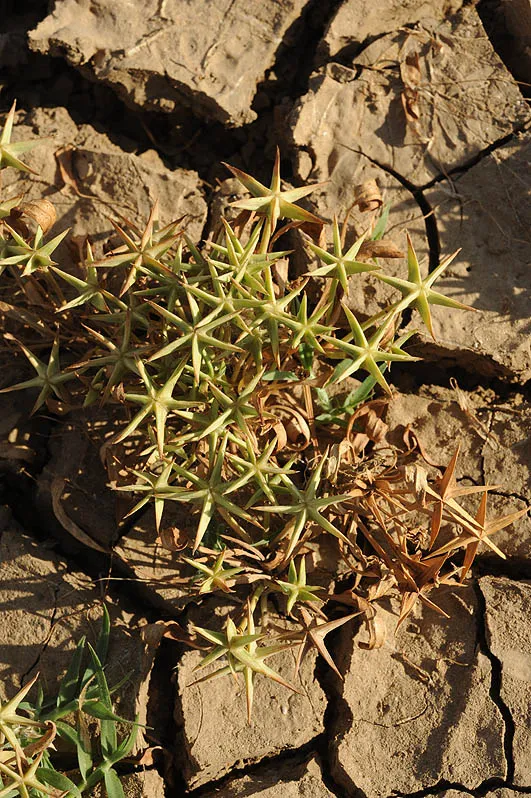Jharber
Ziziphus nummularia
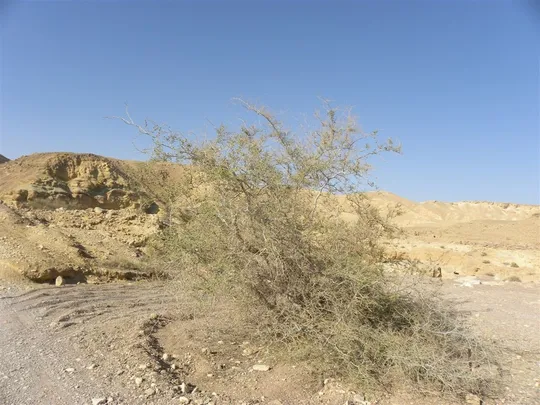
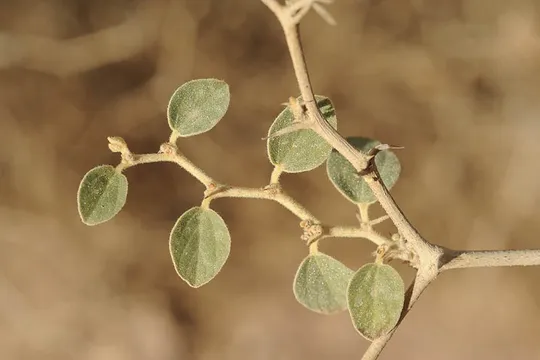
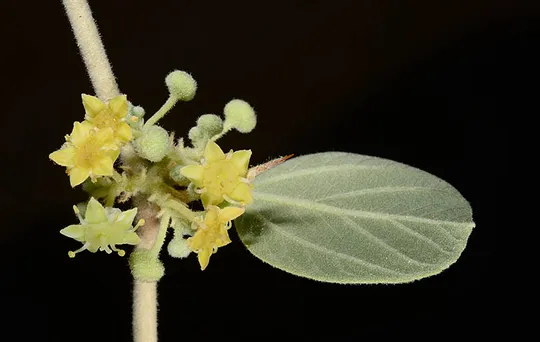
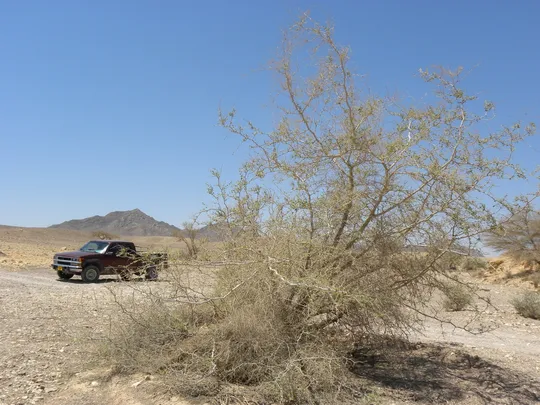
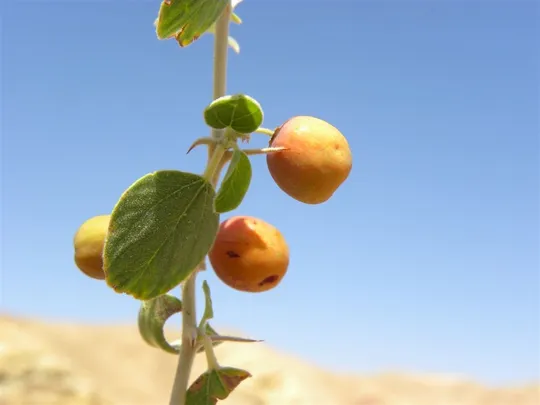
Ziziphus nummularia grows in Baluchistan, Punjab and
Sindh, where its distribution center is located, the shrubs are used as high-quality
fodder (in spite of its thorns) for camels, goats and buffaloes.
Ziziphus
nummularia grows exclusively in the Elat Mountains at one site in Wadi
Shani, close to the Red Canyon. It was first found in Israel by David Raz in
1962, but was considered to be extinct until 1991, when it was found again by
Hagar Leshner, Mimi Ron and Ori Fragman. In 1993, at that same location, 18 shrubs,
in two clumps, were counted. In 2009 only two trees were found at the site, but
in 2010, nine trees in two groups were counted (Beni Shalmon, Mimi Ron). It is
possible that all the tree groups were actually a single specimen that renews
itself from exposed roots. According to the Browicz distribution map (1988),
the species also grows on a single site in Sinai that is very close to Wadi
Shani, but apparently this is a misunderstanding based on inaccurate geographic
data from the herbarium data sheet.
In Israel –
sandy wadi channels in extreme deserts at an altitude of
nummularia is found on sandy alluvial fans and broad desert
wadis, at altitudes above
m
The genus Ziziphus has about 90
species found in the arid tropics of all the continents. In Israel three
species grow in the wild – Z. spina-christi
and Z. lotus
that are very common and Z.
nummularia that is extremely rare. According to the literature, in
Iraq Z. nummularia
and Z. spina-christi
hybridize.
Z.
nummularia
could be considered a vicarious species of Z. lotus and their ranges
do not overlap: Z.
lotus grows in the transition zones of Israel and Syria and
north to the Gulf of Iskenderun; it also grows in Cyprus and in the Maghreb countries. Z. nummularia replaces it in
the eastern Middle East including rare spots in Arabia. Zohari, in a monograph
on the Middle Eastern flora, specifically notes Z. lotus from the
Socotra Island and the southern Arabian coast. Z. lotus is a completely winter deciduous species growing
in the Mediterranean and Irano-Turanian regions that have cold winters, and Z.
nummularia grows in the
arid Sindian sub-region with a tropical arid climate.
Ziziphus
nummularia is found at a single site in Israel with a population
numbering only a few plants. It is threatened mainly by consecutive prolonged years
of drought, damage to the groundwater level upstream of the river, damage by cut
branches and their being swept away by floods. Z. nummularia
is protected by law and is located in the Massif Elat Nature Reserve. Is widely
distributed in the deserts of the Sindian region and is not globally endangered.
Ziziphus
nummularia plants should be monitored in Wadi Shani and signs, explaining and warning about damage to
the site and plants should be set up. The remaining trees should be irrigated
to encourage growth and flowering. Attempts should be made to establish in a
vegetative backup populations in refuge gardens.
The sub-eastern Sudanian
region (Sindian) – Ziziphus nummularia grows in the hot
deserts of India, Pakistan, Afghanistan, southern Iran and Iraq. In Afghanistan
it is a very common species that dominates in arid wadis. According to the
Browicz (1988) distribution map, Z. nummularia is absent from
the Syrian Desert; in the Arabian deserts only three sites were recorded, all close
to the Iraqi border. The site in Wadi Shani site is disjunct from the isolated sites found in
northern Saudi Arabia, by about
km,
the Elat Mountains. In Iraq the Z. nummularia grows at altitudes from 370-1500
m, in Afghanistan 640-1250 m and in Pakistan 730-1200. That is to say, the
shrub grows in the arid Sindian region in mountainous areas, and does not
descend to the coastal plains that are below altitudes of
Ziziphus
nummularia is a shrub of wadis in the Elat Mountains found at only
one site, with a few plants. This site is the extreme western limit of its disjunct
distribution in the deserts of Iran, Afghanistan, Pakistan and India.
שמידע, א. וא. פרגמן, 1997. שיזף שעיר - שיח נדיר מאוד בישראל. "אקולוגיה וסביבה" מס' 4: 173-174.
Browicz, K. 1988. Chronology of trees and shrubs in S.W.Asia and adjacent regions. Vol.6, Polish Scientific Publishers.
Current Occupancy Map
| 1000 squre meter pixel | 5000 squre meter pixel | 10000 squre meter pixel | |
|---|---|---|---|
| number of observations | 0 | 0 | 0 |
| in total pixels | 0 | 0 | 0 |
| Family | Rhamnaceae |
| Classification | On the endangered species list |
| Ecosystem | Desert |
| Chorotype | Sudanian |
| Conservation Site | Wadi Shani |
| Rarity |
1
6
6
|
|---|---|
| Vulnerability |
0
0
4
|
| Attractiveness |
0
1
4
|
| Endemism |
0
0
4
|
| Red number |
1
4.2
10
|
| Peripherality | E |
| IUCN category | DD EW EX LC CR EN VU NT |
| Threat Definition according to the red book | Endangered |
 Based on:
Based on:



